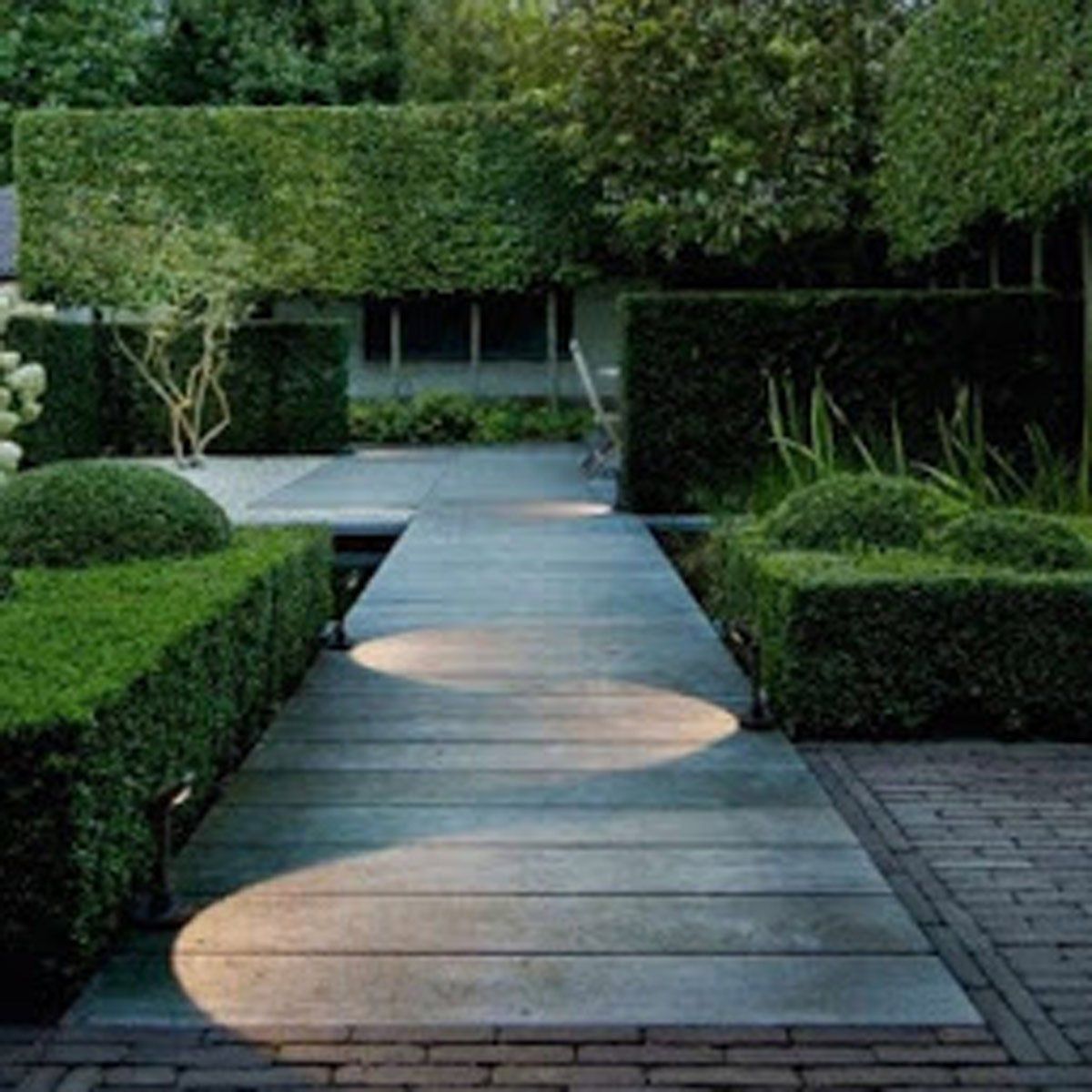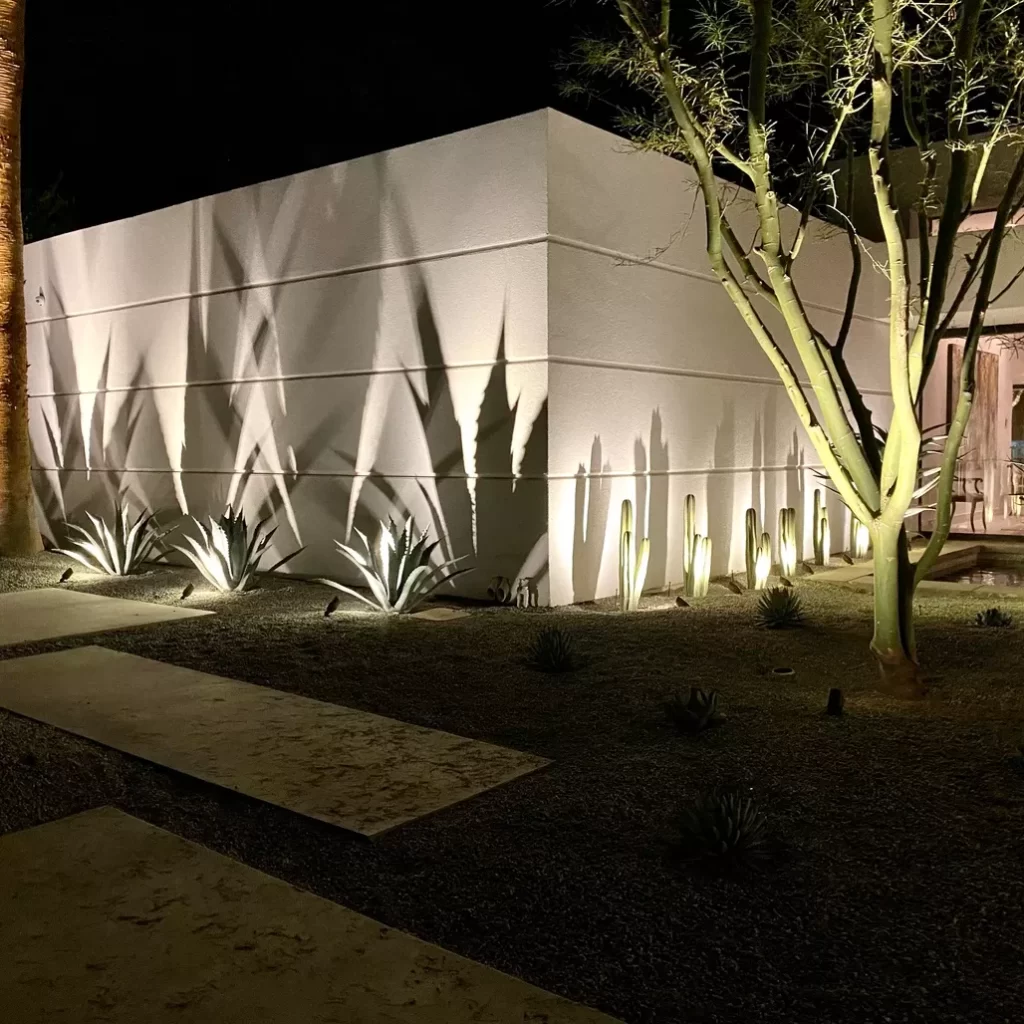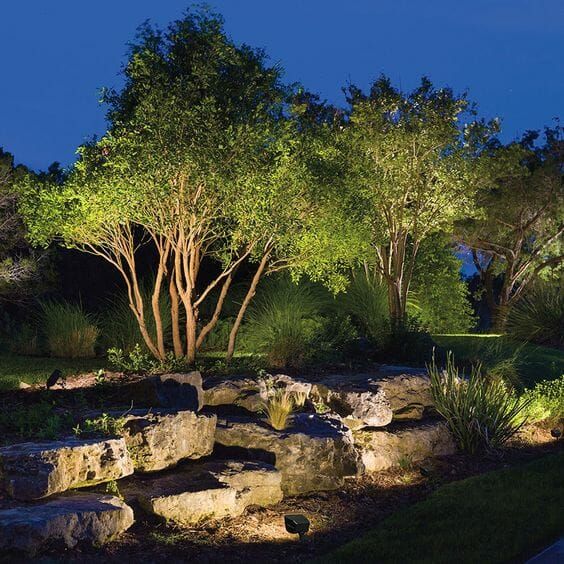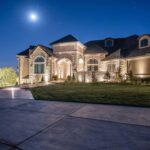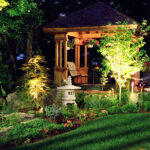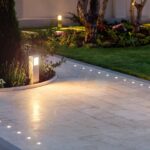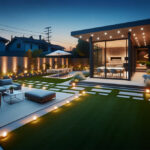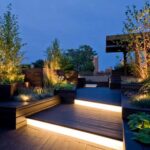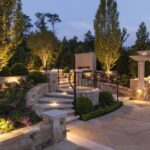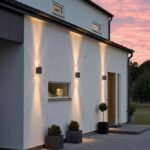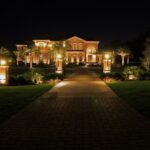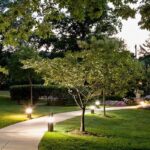Landscape lighting design plays a crucial role in enhancing the beauty and functionality of outdoor spaces. From highlighting architectural features to creating ambiance, the right lighting can transform a mundane yard into a stunning oasis. When it comes to landscape lighting design, there are several key elements to consider, including the type of fixtures, placement, and intensity of the lights.
One of the most important aspects of landscape lighting design is choosing the right fixtures. There are a wide variety of options available, including path lights, spotlights, floodlights, and decorative lanterns. Each type of fixture serves a specific purpose, so it’s essential to consider the function of the lighting before selecting the fixtures. For example, path lights are ideal for illuminating pathways and walkways, while spotlights can be used to highlight trees or other focal points in the landscape.
Placement is another critical factor in landscape lighting design. The positioning of fixtures can dramatically impact the overall look and feel of an outdoor space. For example, lighting placed at ground level can create a subtle, low-level glow, while lights positioned above eye level can cast a dramatic wash of light across a larger area. It’s important to carefully plan the placement of fixtures to ensure that the lighting is both functional and visually appealing.
The intensity of the lights is also an essential consideration in landscape lighting design. The brightness of the lights can affect the mood and atmosphere of an outdoor space, so it’s crucial to choose the right intensity for the desired effect. Soft, warm lighting can create a cozy, inviting atmosphere, while bright, white lighting can add a modern, sleek feel to the landscape. By adjusting the intensity of the lights, homeowners can create different moods and ambiance in their outdoor spaces.
In addition to fixtures, placement, and intensity, homeowners should also consider the color temperature of the lights when designing their landscape lighting. The color temperature refers to the warmth or coolness of the light emitted by a fixture. Warmer temperatures (around 2700K) create a cozy, inviting glow, while cooler temperatures (around 5000K) produce a bright, modern light. By selecting the right color temperature for the desired ambiance, homeowners can further enhance the beauty of their outdoor spaces.
In conclusion, landscape lighting design is a crucial element in creating a stunning outdoor environment. By carefully considering the type of fixtures, placement, intensity, and color temperature of the lights, homeowners can transform their yards into beautiful, functional spaces that can be enjoyed both day and night. With a well-thought-out lighting design, homeowners can highlight the beauty of their landscaping, create ambiance, and increase the usability of their outdoor spaces.
